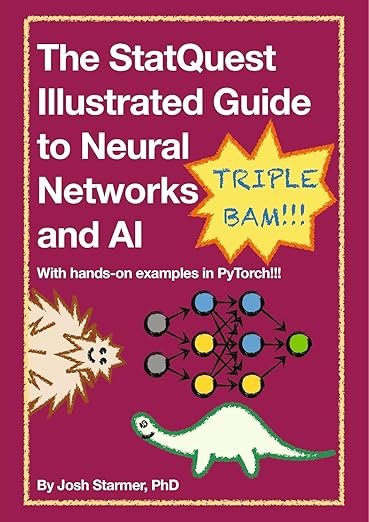- Stars:
- Pages: 170 Pages
- Time to Read: 3 hours
- Authors: John Ousterhout
- Type of Book: Programming
TL;DR
John Ousterhout’s “A Philosophy of Software Design” presents a compelling argument for simplicity as the cornerstone of effective software engineering. At just 170 pages, this concise volume mirrors its own philosophy: minimize complexity, maximize clarity. The book offers a systematic approach to software design centered around the fundamental principle that complexity is the enemy of good software.
What is the book about?
The book excels in articulating specific design principles that directly combat complexity. Ousterhout introduces valuable concepts like “deep vs shallow modules,” emphasizing that good modules should provide powerful functionality behind simple interfaces. His principle that “different layers should have different abstractions” provides crucial guidance for system architecture, while “design it twice” offers a practical methodology for exploring design alternatives.
One of the book’s greatest strengths is its accessibility to both junior and senior developers. For experienced engineers, it crystallizes hard-won wisdom into shareable concepts that can elevate entire teams. The author’s ability to relate diverse design practices back to the central theme of complexity reduction creates a coherent framework that’s easy to internalize and apply
Key Takeaways!
- Focus on incremental complexity management and continuous improvement – Sweat the small stuff, make continual small investments in system design, and remember that working code alone isn’t sufficient for good software.
- Design deep modules with simple interfaces – Create modules that hide significant complexity behind clean, simple interfaces that make common usage straightforward, prioritizing interface simplicity over implementation simplicity.
- Separate concerns and manage abstraction layers properly – Keep general-purpose and special-purpose code separate, ensure different layers have different abstractions, and pull complexity downward to lower levels.
- Eliminate complexity through thoughtful design – Design systems twice to explore alternatives, define errors and special cases out of existence where possible, and create general-purpose modules that provide deeper functionality.
- Optimize for readability and maintainability – Write code and comments for ease of reading rather than writing, document non-obvious aspects, and structure development around abstractions rather than features.
Worth the Read?
Ousterhout demonstrates intellectual courage by questioning established practices in the software development community. His critique of test-driven development as potentially leading to “tactical programming” and his nuanced take on comments (counter to the Clean Code movement’s position) spark valuable discussions about programming orthodoxies that may need reexamination.
“A Philosophy of Software Design” succeeds as a thought-provoking introduction to principled software design. Its central thesis—that complexity is the primary enemy of good software—is both correct and important. The book provides valuable frameworks for thinking about design decisions and offers practical principles that can immediately improve code quality.
However, readers should approach it as one perspective among many rather than a comprehensive guide to modern software design. The book works best when paired with other influential works like Eric Evans’ “Domain-Driven Design” or Martin Fowler’s “Refactoring,” which provide complementary viewpoints on software engineering excellence.
Join to get sneak peek into what's happening
I write about books, experiences, product, UX, EdTech, early stage growth, validation – mostly tech. Subscribe if these topics interest you. Once every 15 days emailer. I promise – No spam. (I am known for it otherwise) 😉




